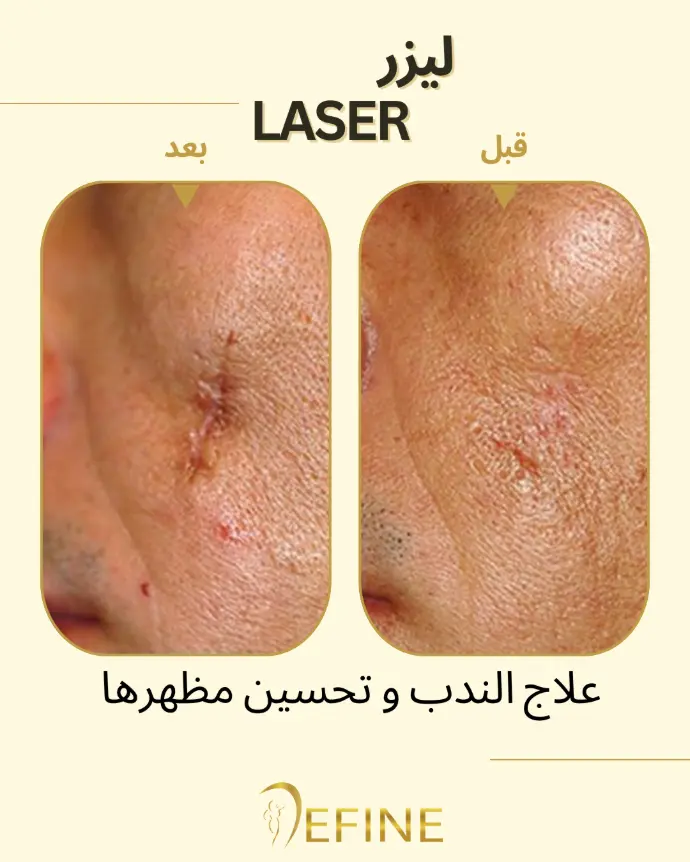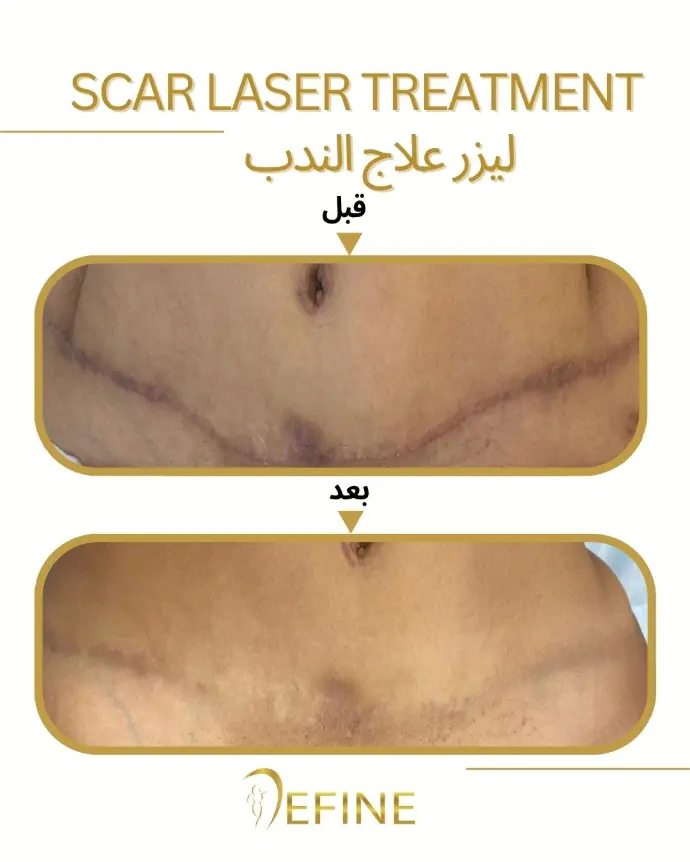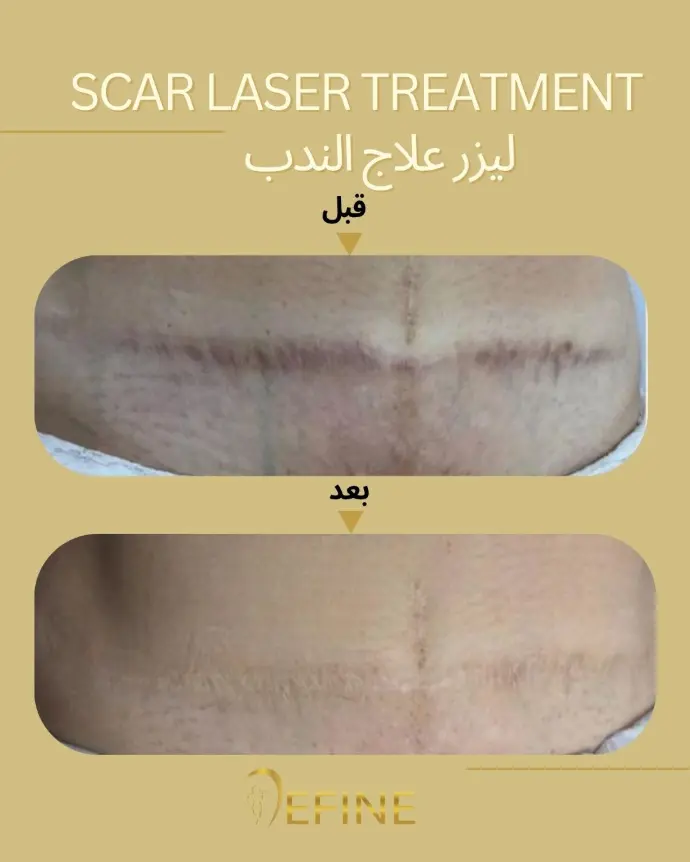Stretch marks (also known as striae) and scars are common skin concerns that can appear after rapid changes in body size, such as pregnancy, weight gain or loss, or growth spurts. Stretch marks are formed when the skin stretches too quickly, causing the collagen and elastin fibers to tear beneath the skin’s surface, while scars are the result of injury, surgery, or inflammation that leads to the formation of fibrous tissue. Both can leave permanent marks on the skin, but there are several treatments available to improve their appearance and texture.
How Stretch Mark and Scar Treatments Work:
● Laser Therapy: Laser treatments such as fractional CO2 or fractional erbium lasers are often used to treat both stretch marks and scars. These lasers work by creating controlled micro-injuries to the skin, which stimulates collagen and elastin production, improving the skin’s texture and tone over time. Lasers can also help with pigmentation by targeting melanin in the skin.
● Microneedling: This involves using a device with fine needles to create tiny punctures in the skin, stimulating collagen production and improving skin texture. Microneedling can be combined with topical treatments like hyaluronic acid or platelet-rich plasma (PRP) for enhanced results.
● Chemical Peels: A chemical solution is applied to the skin to exfoliate the outer layer, revealing new, healthier skin underneath. Chemical peels can help reduce the appearance of both stretch marks and scars by promoting skin regeneration and lightening discoloration.
● Topical Treatments: Creams and gels containing ingredients like retinoids, hyaluronic acid, and vitamin C can help fade stretch marks and scars over time. These are often used as part of a post-treatment regimen.
● PRP (Platelet-Rich Plasma): PRP is a treatment where blood is drawn from the patient, processed to isolate platelets, and then injected into the skin to stimulate healing, collagen production, and tissue regeneration. This method is especially effective for improving the appearance of scars and stretch marks.
Frequently Asked Questions about Stretch Marks and Scars Treatment:
The number of treatments depends on the severity of the stretch marks or scars. Typically, 4–6 sessions spaced 3–4 weeks apart are recommended for noticeable results
While treatments can significantly reduce the appearance of stretch marks and scars, complete removal is not always possible. The goal is to improve texture, color, and overall appearance, but some scars and stretch marks may remain faintly visible.
Pain levels vary depending on the treatment used. Laser and microneedling may cause discomfort, but topical numbing creams can be applied to reduce pain. Mild redness or swelling may occur after treatment but typically subsides within a few hours to days.
Results can take several weeks to months to appear, as the skin gradually heals and regenerates. With consistent treatments, improvements become visible over time.
Side effects are typically minimal, but may include redness, swelling, or mild scabbing, especially with laser or microneedling treatments. In rare cases, hyperpigmentation or scarring can occur, but this is usually avoidable with proper aftercare and professional guidance.




